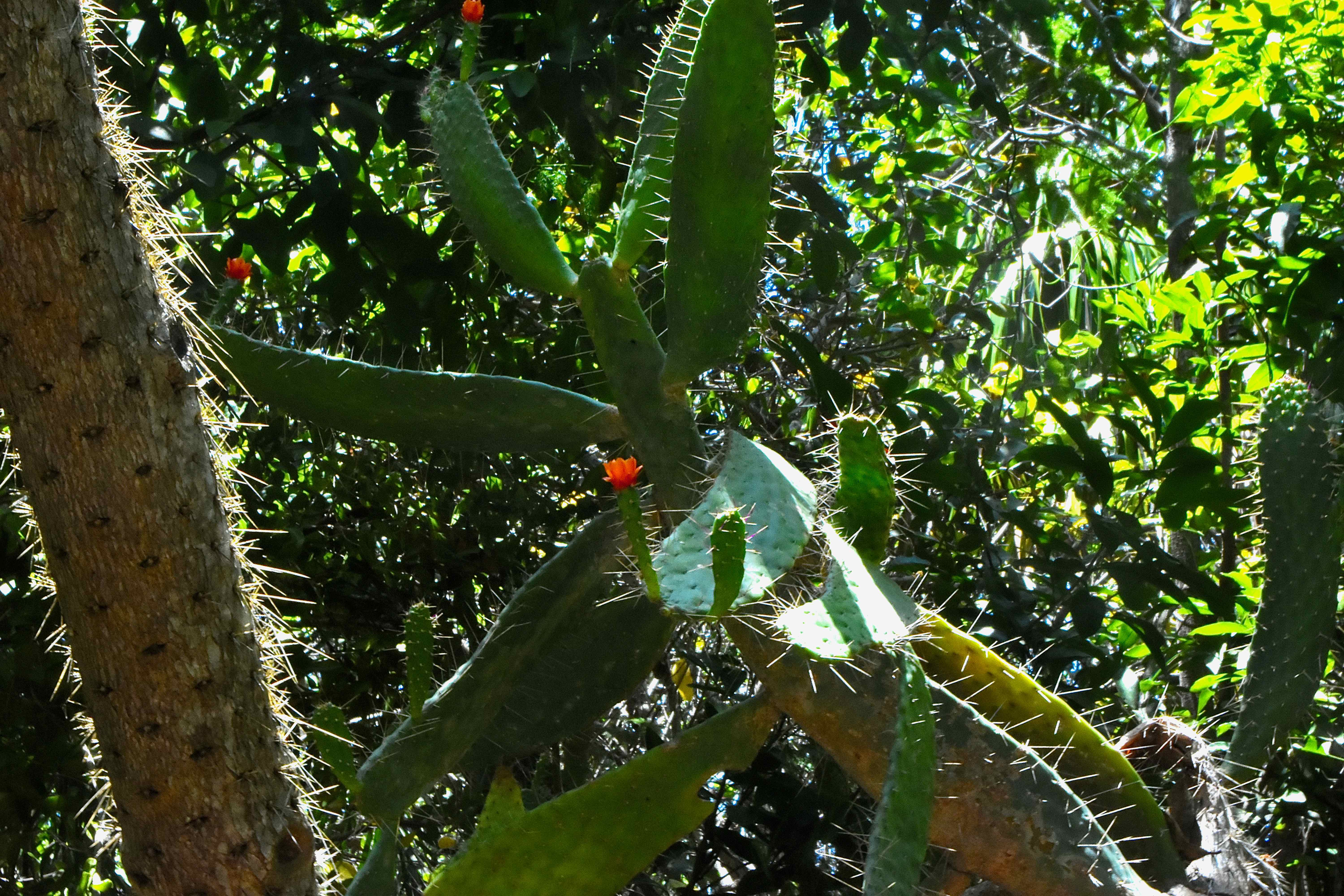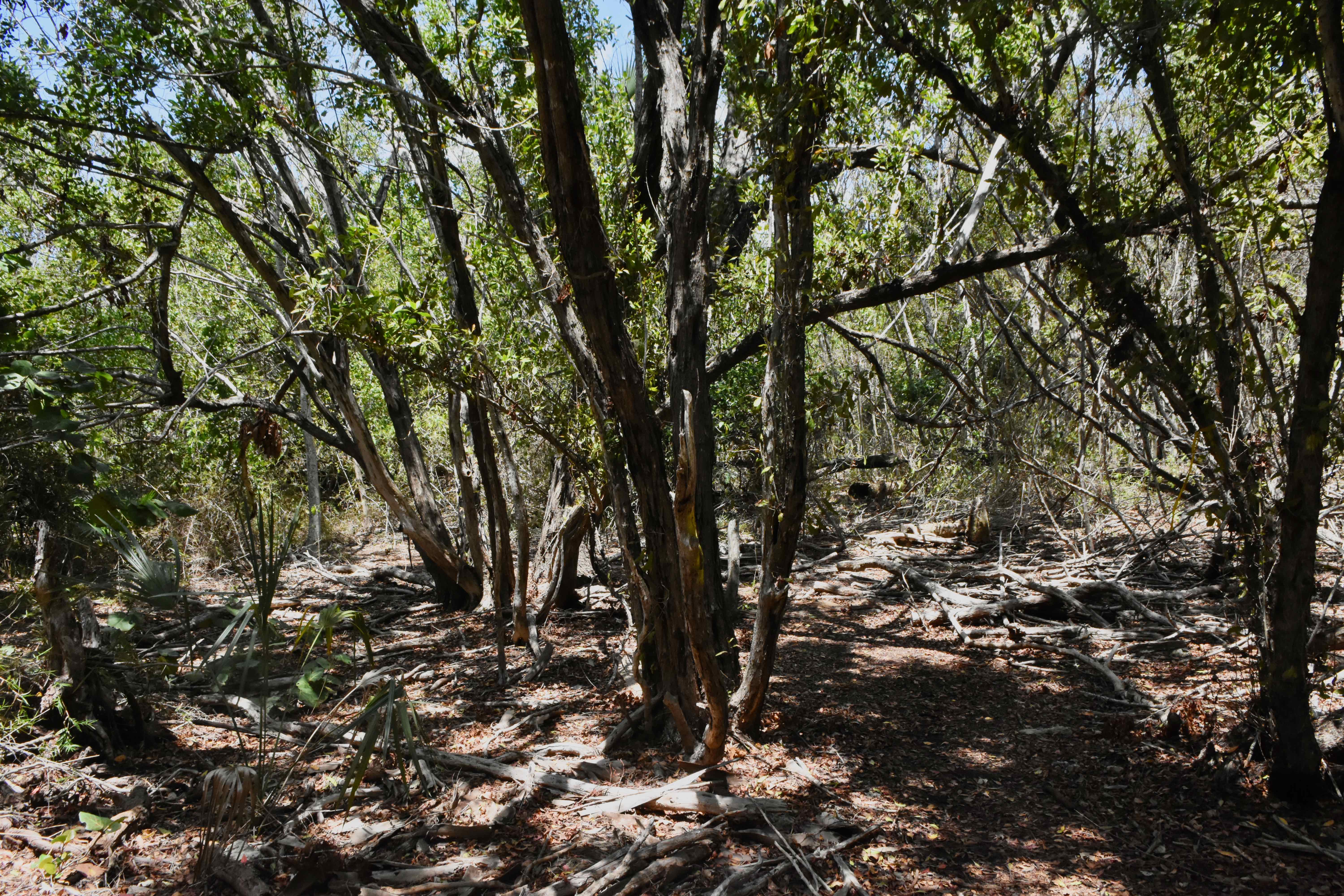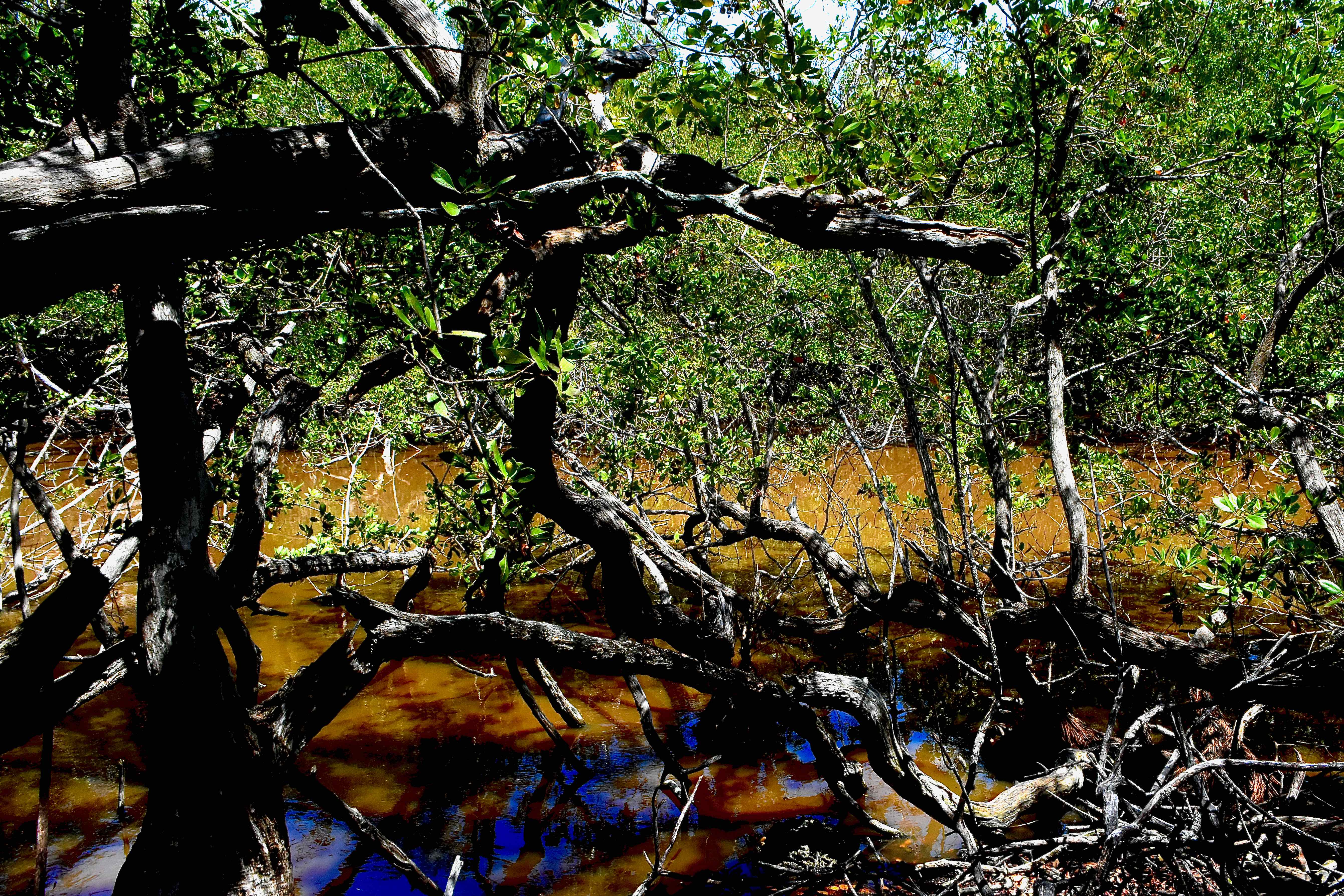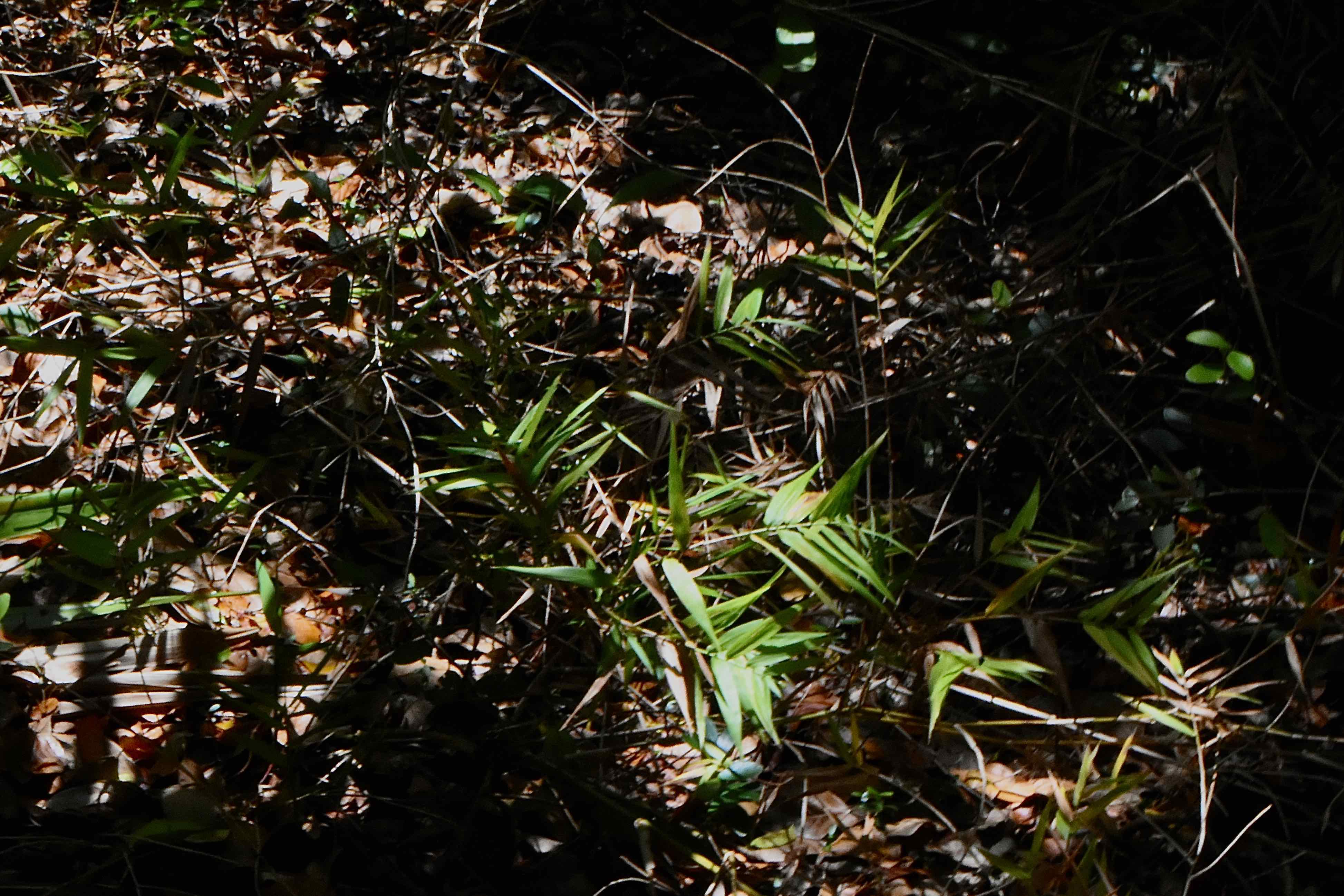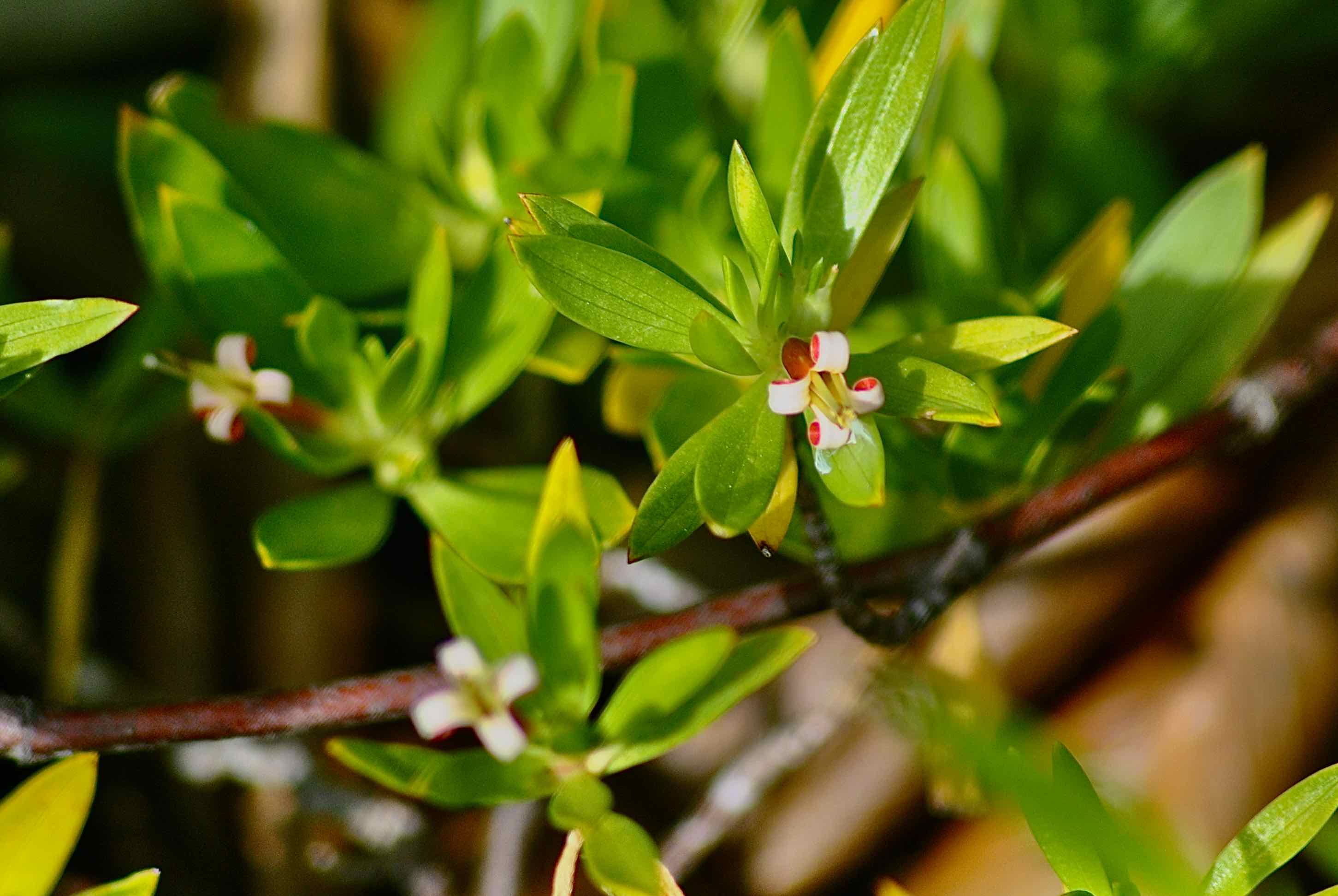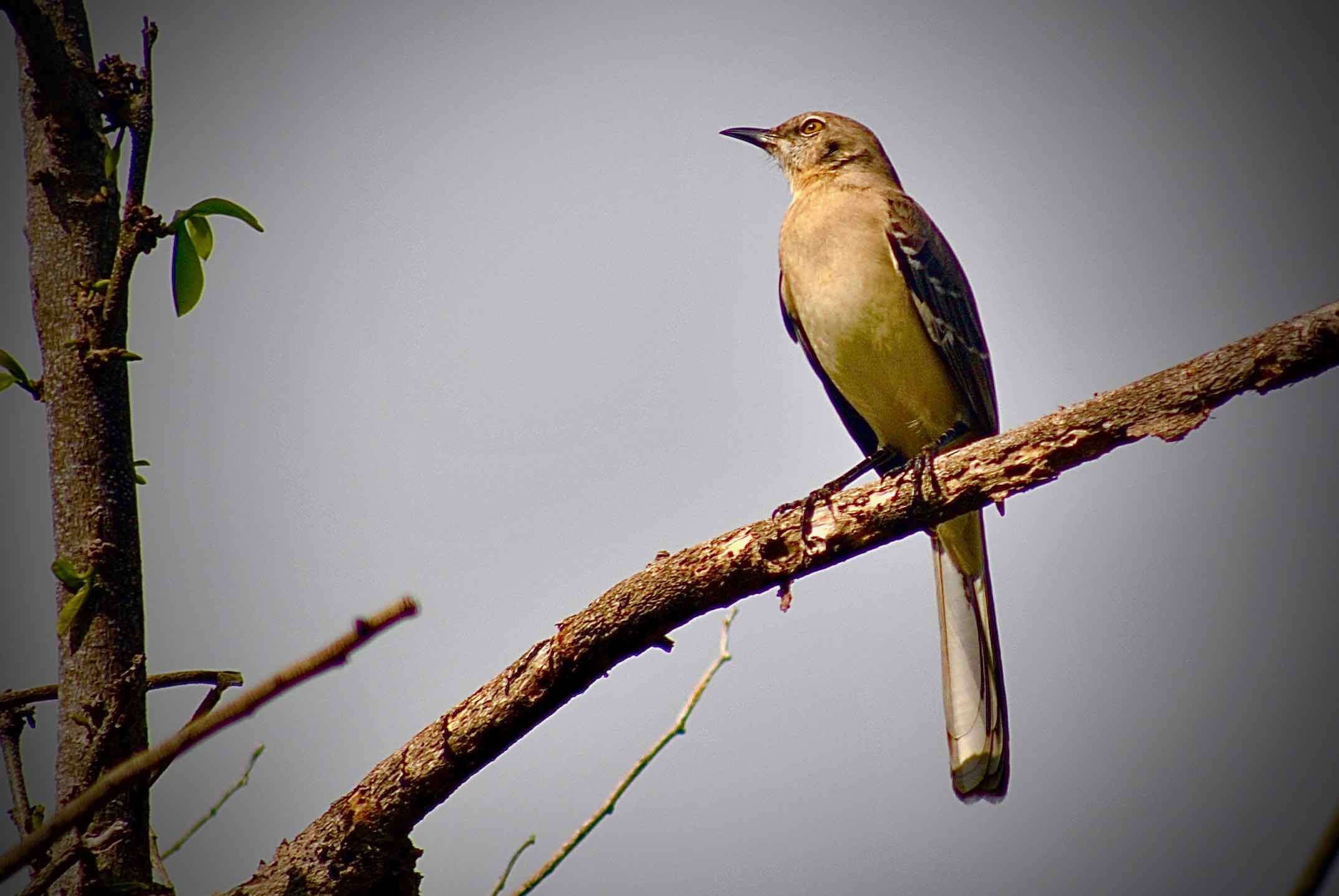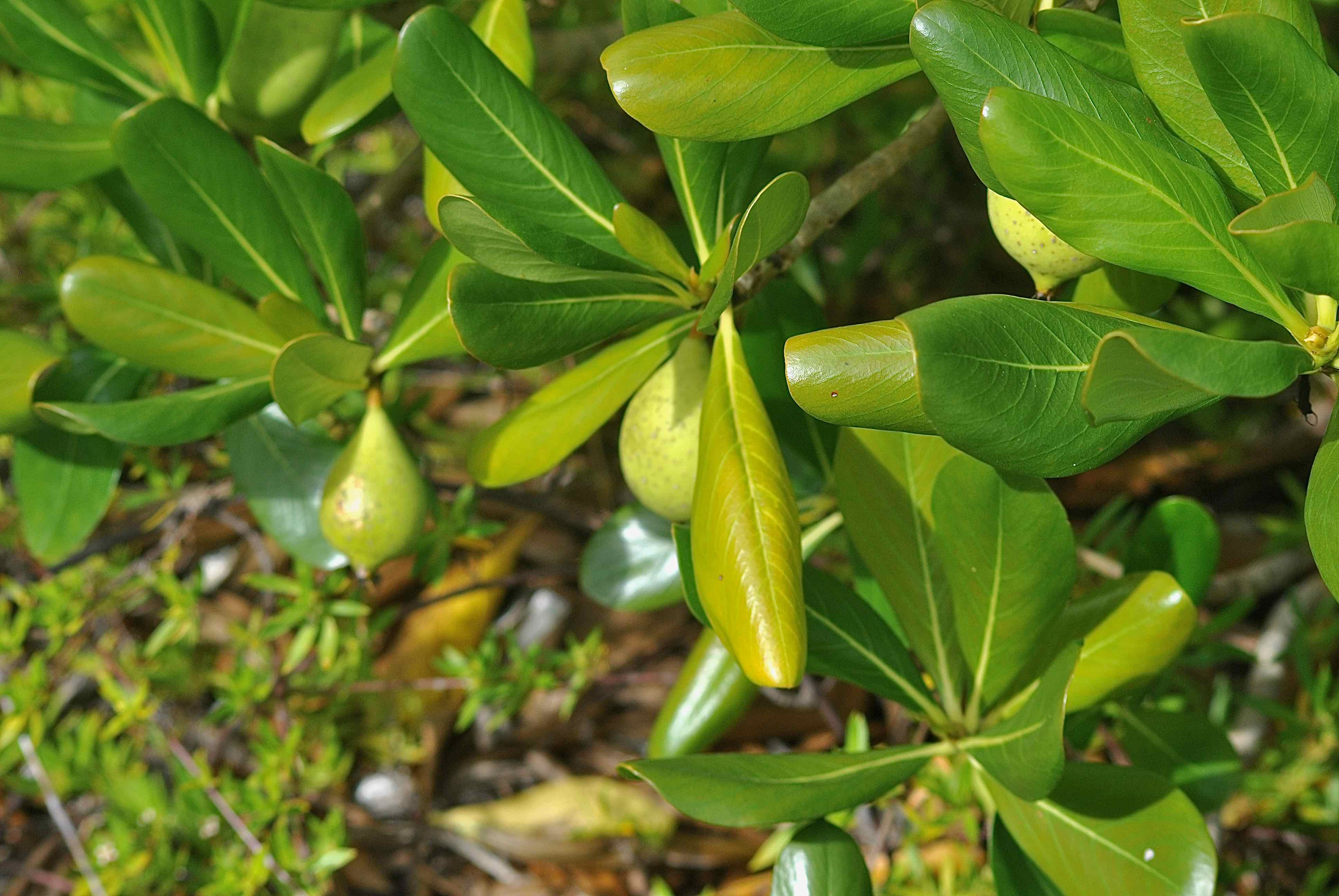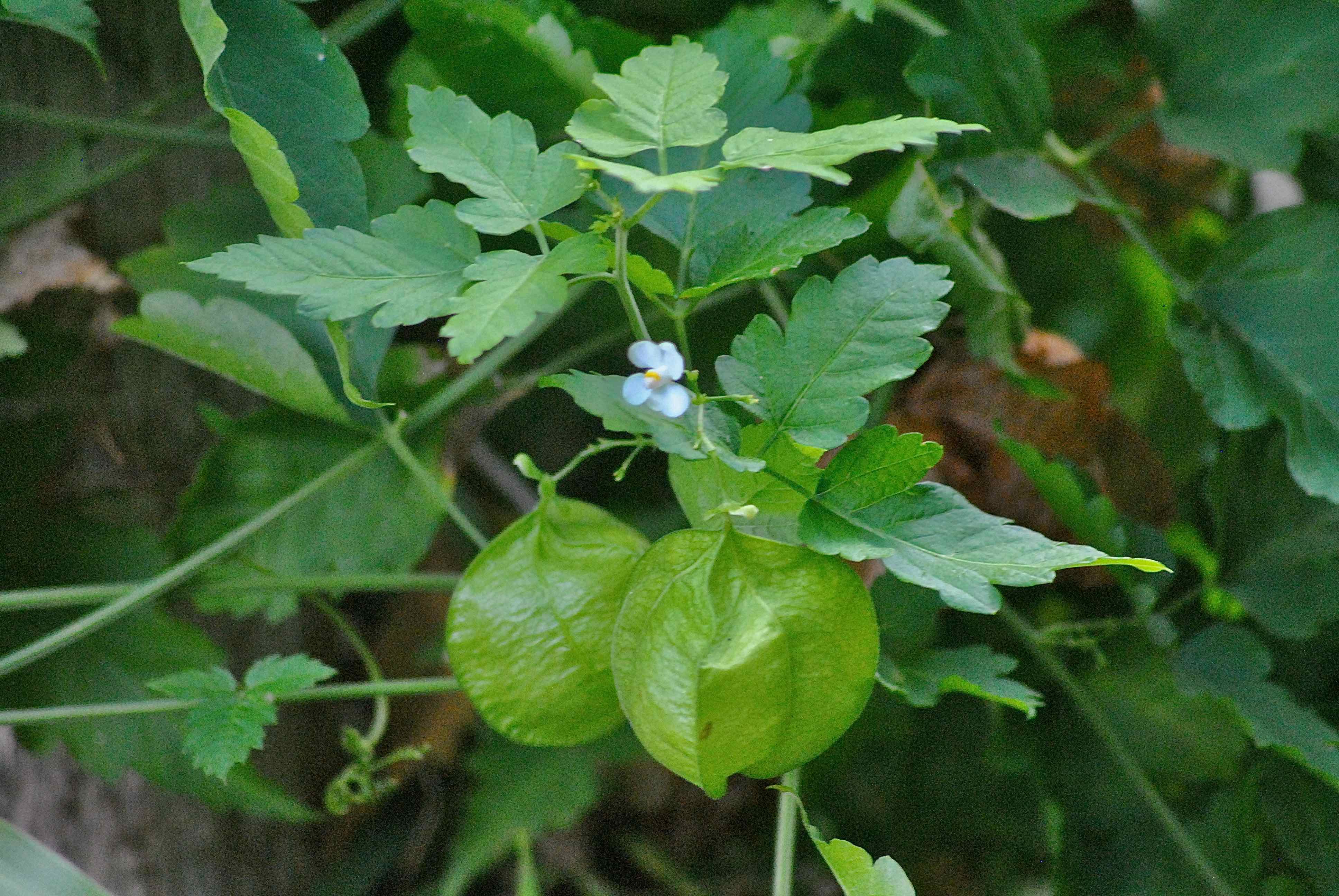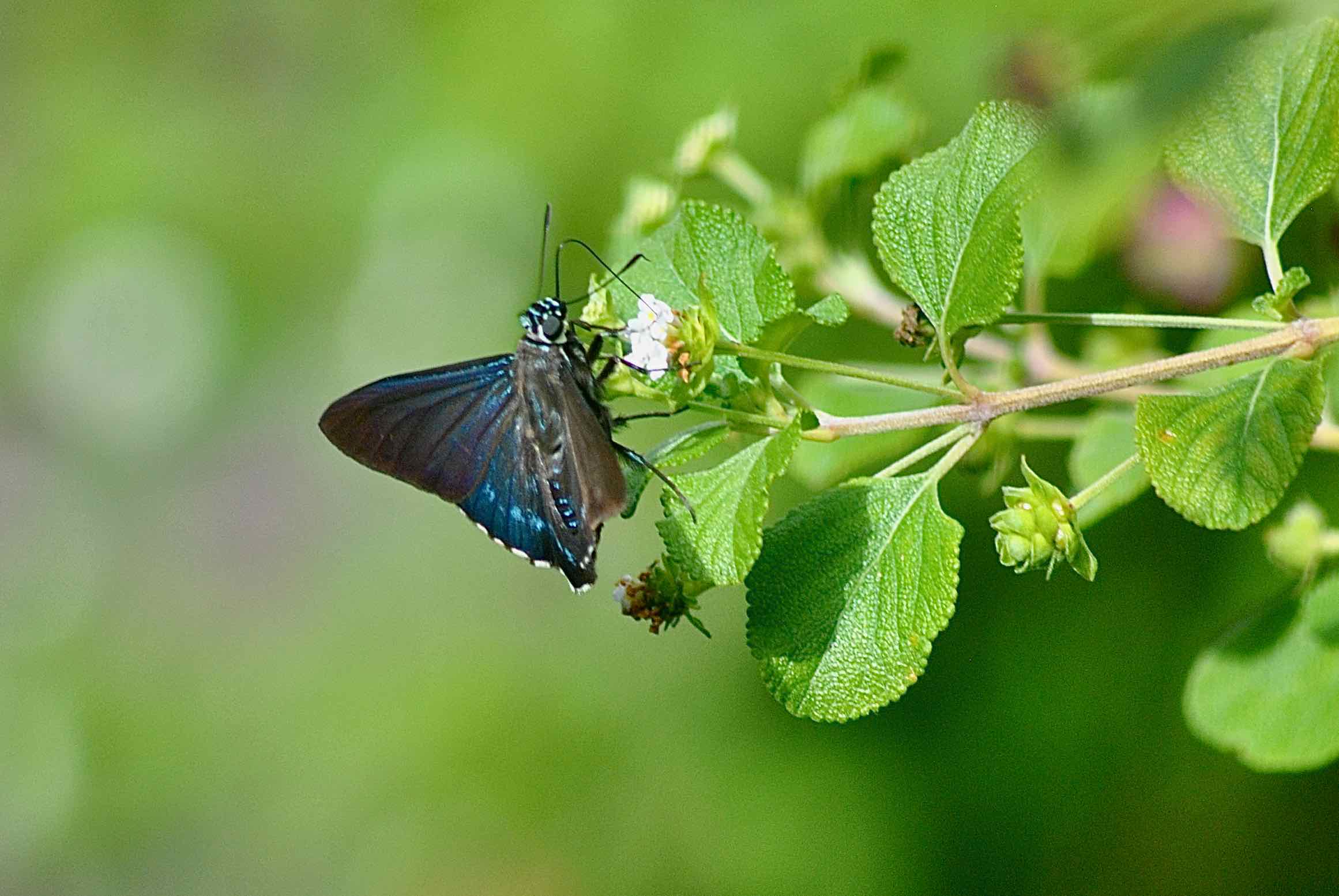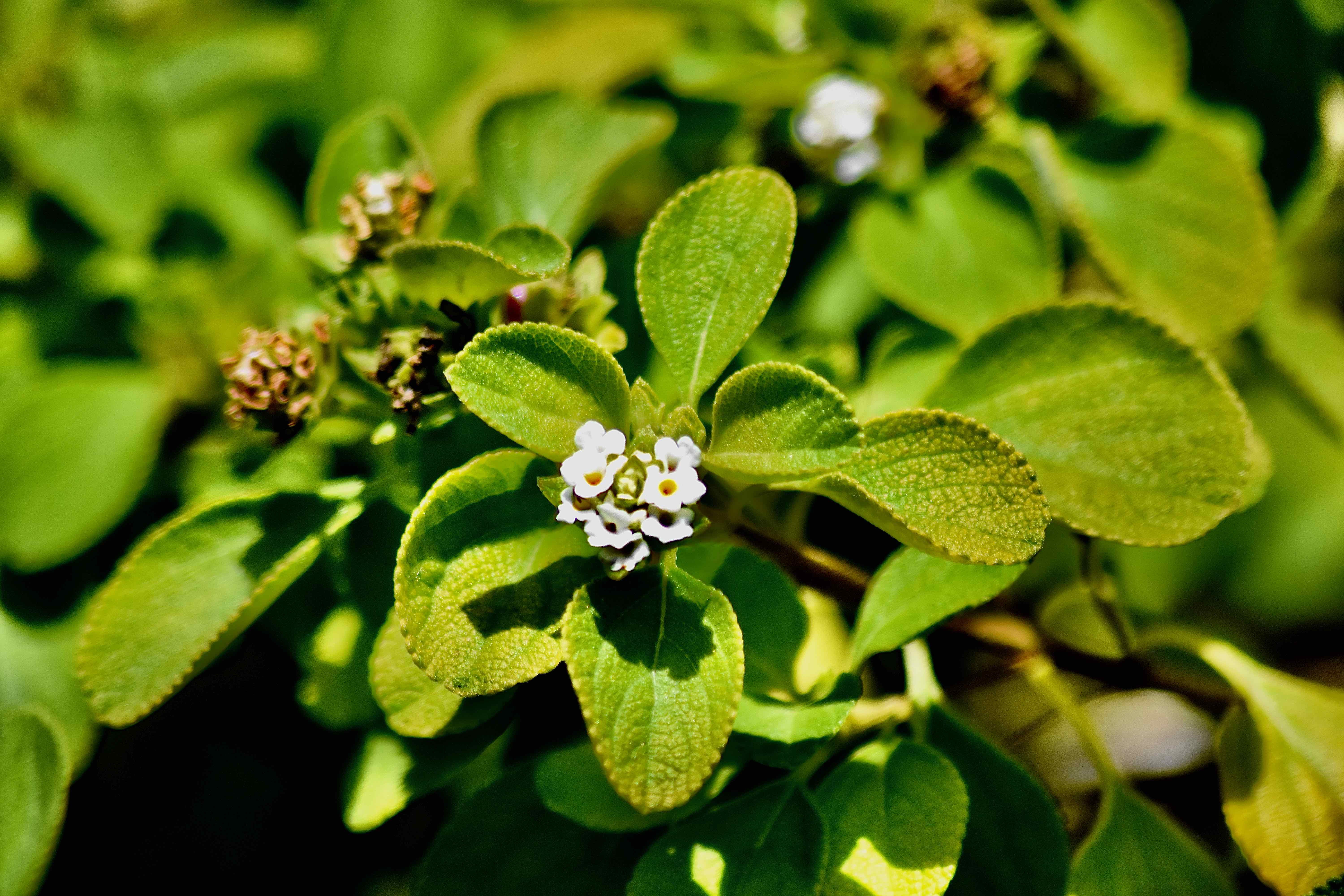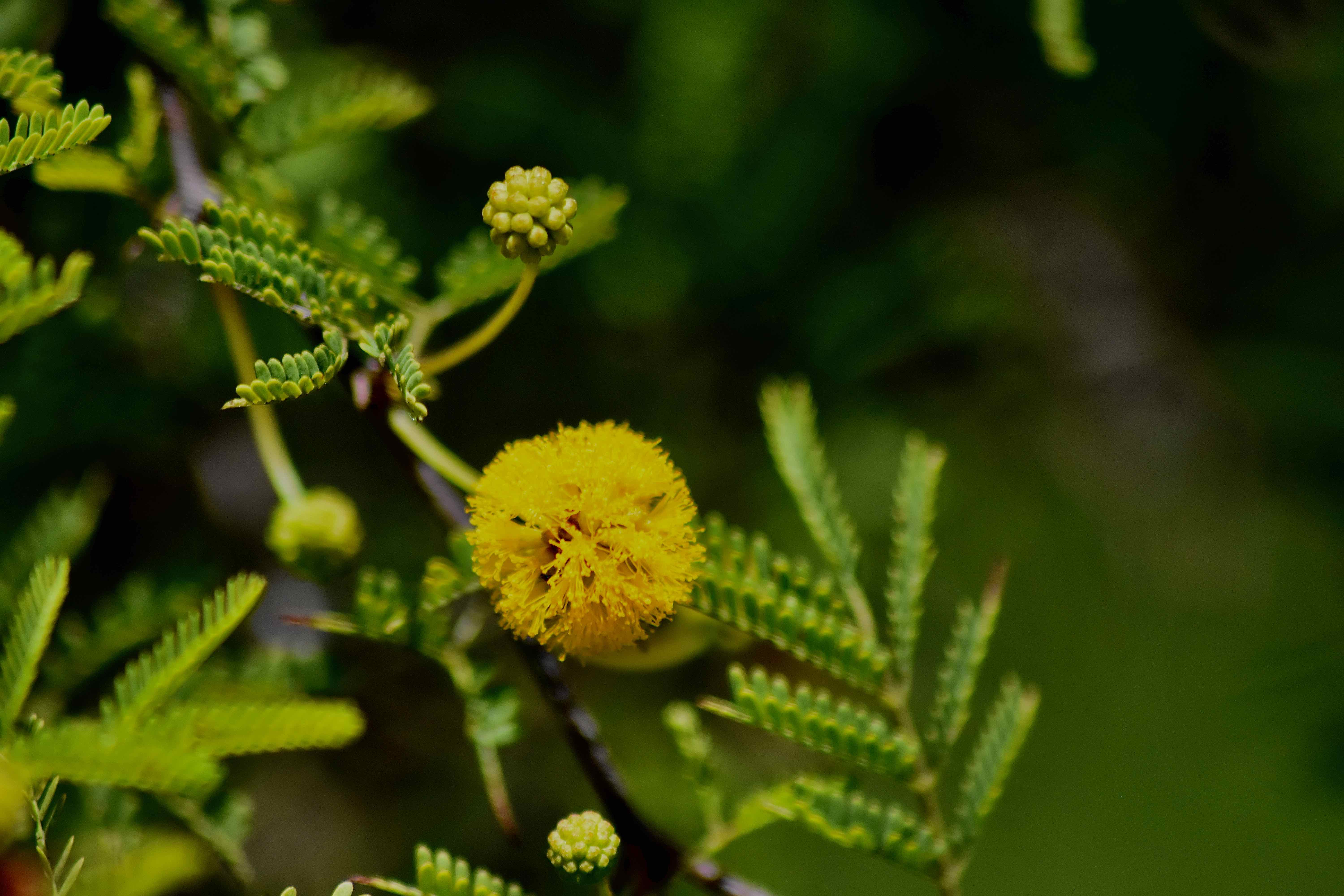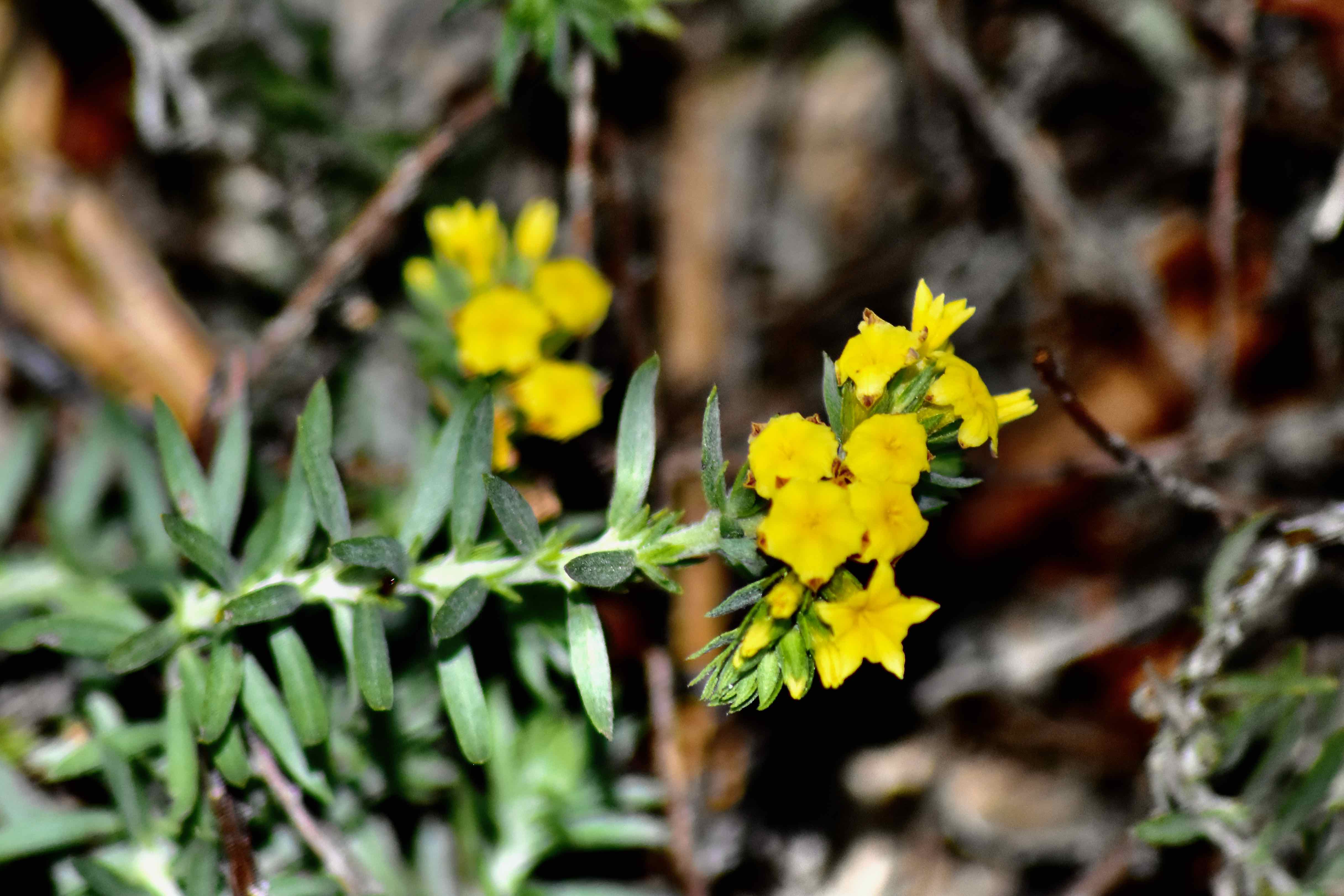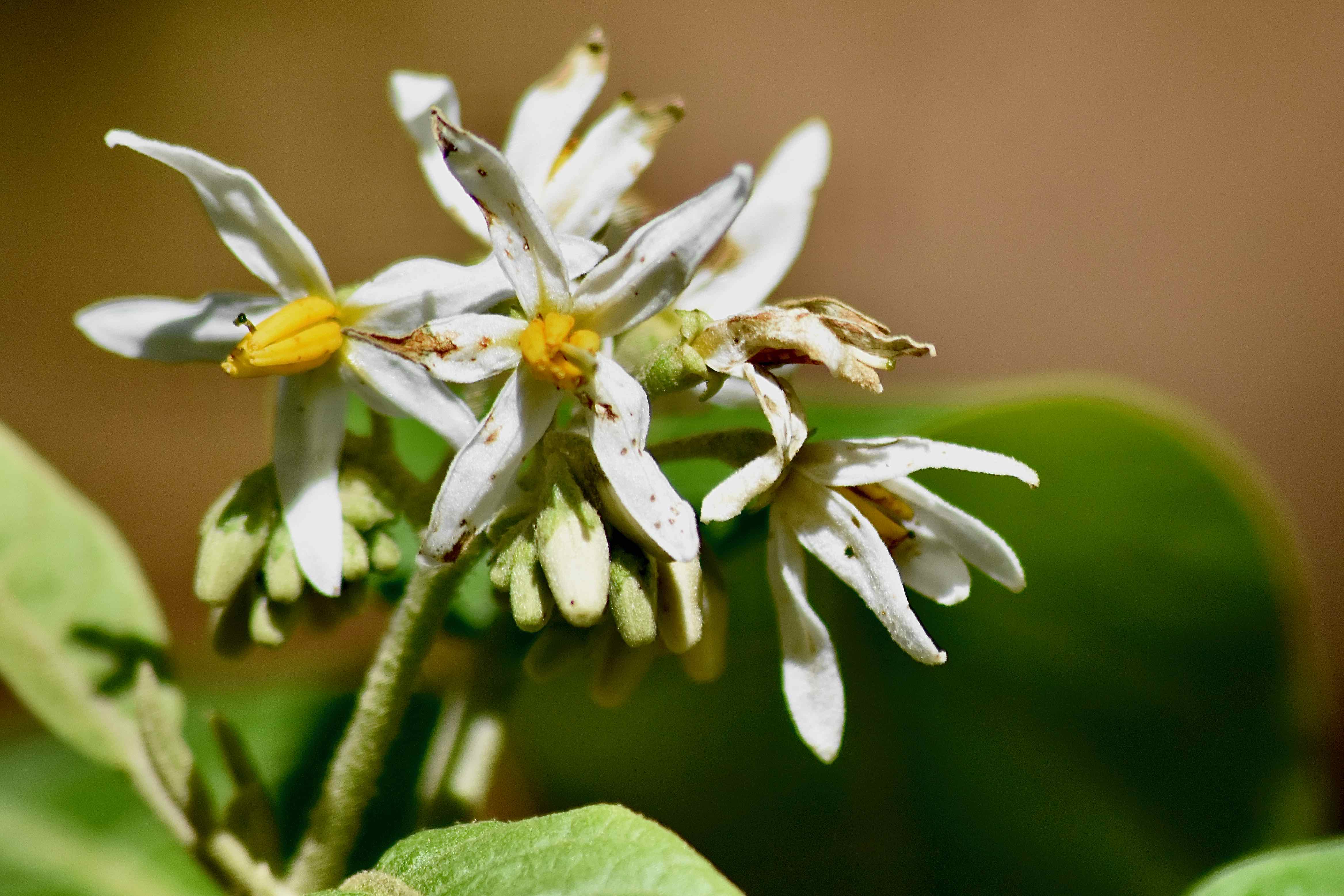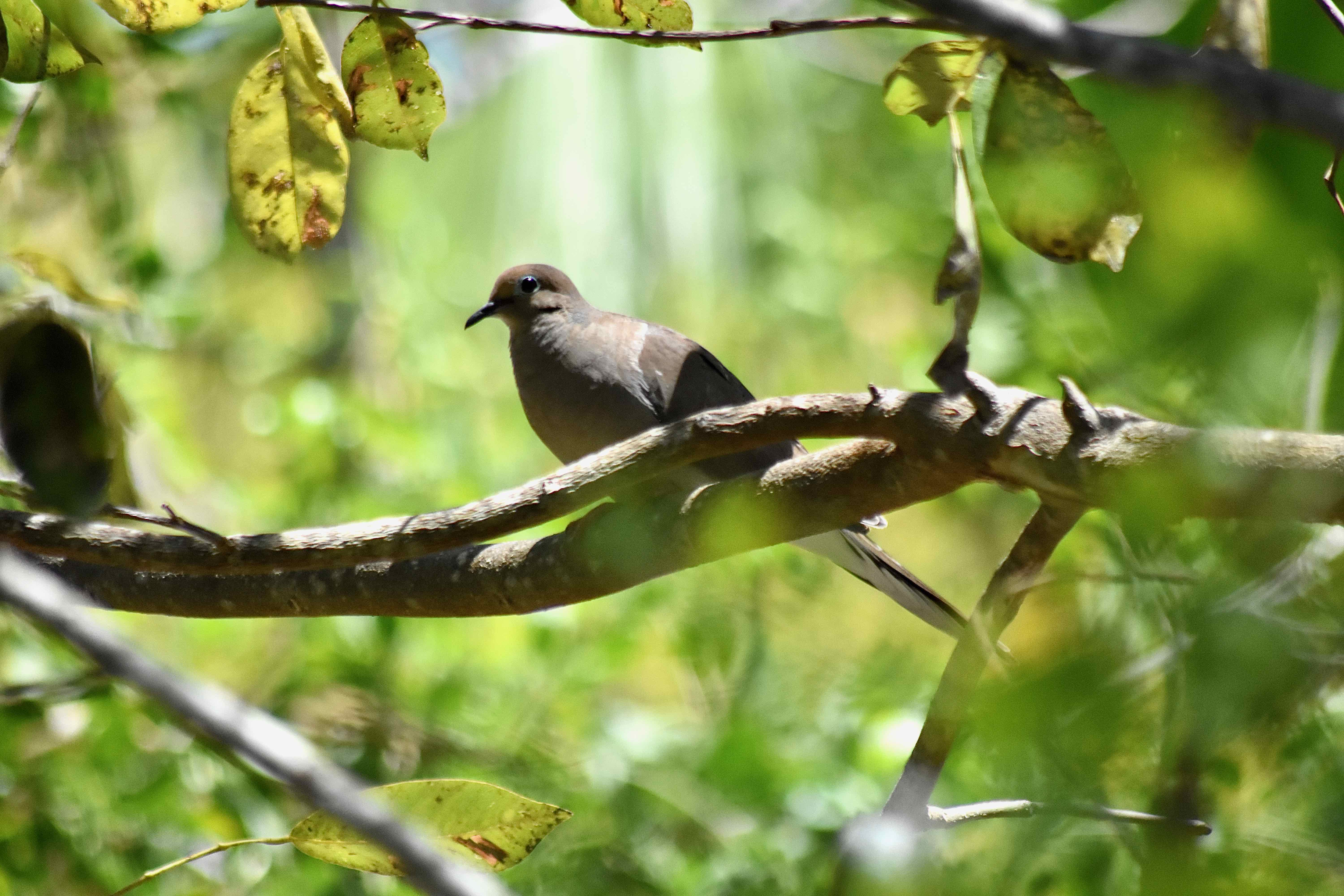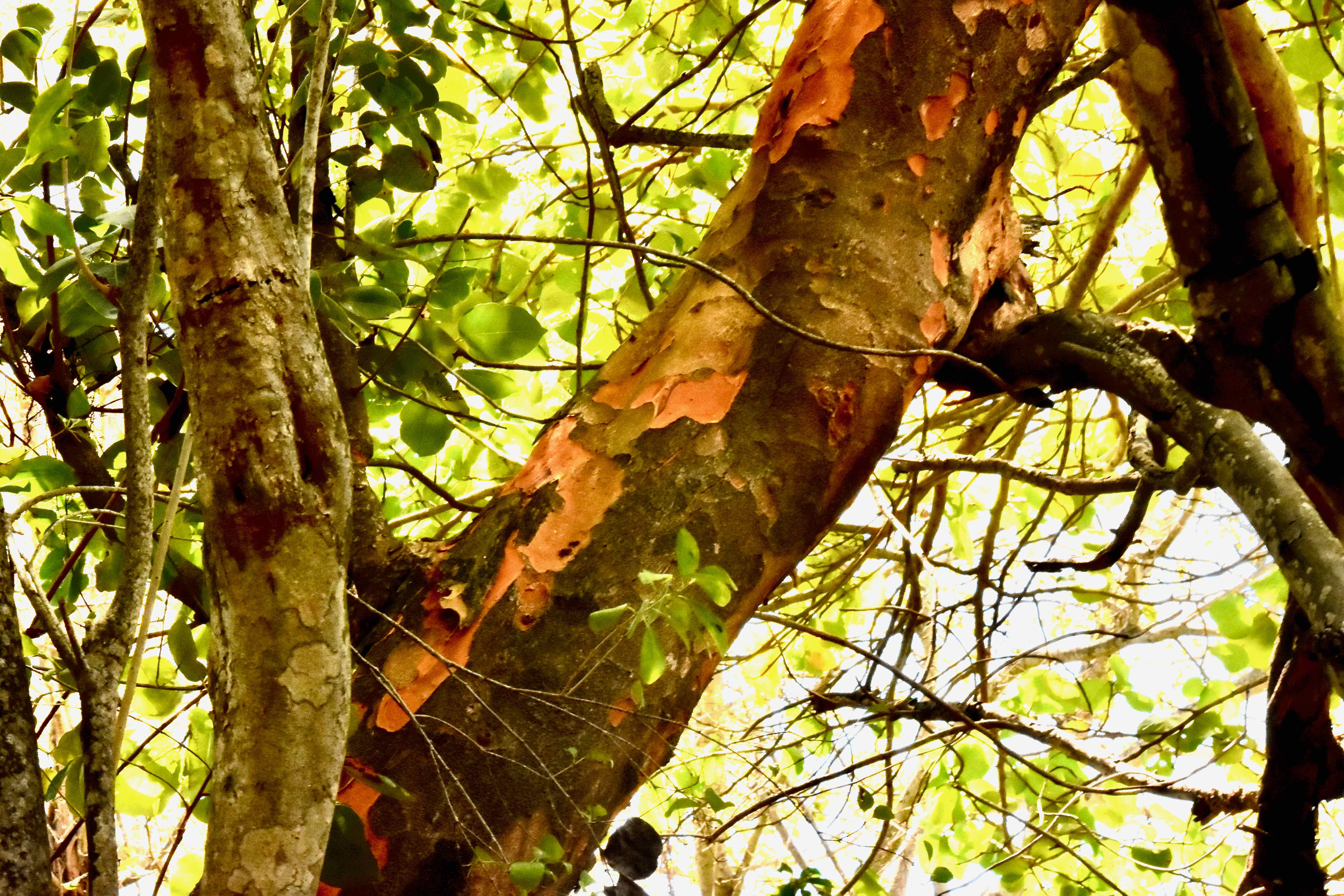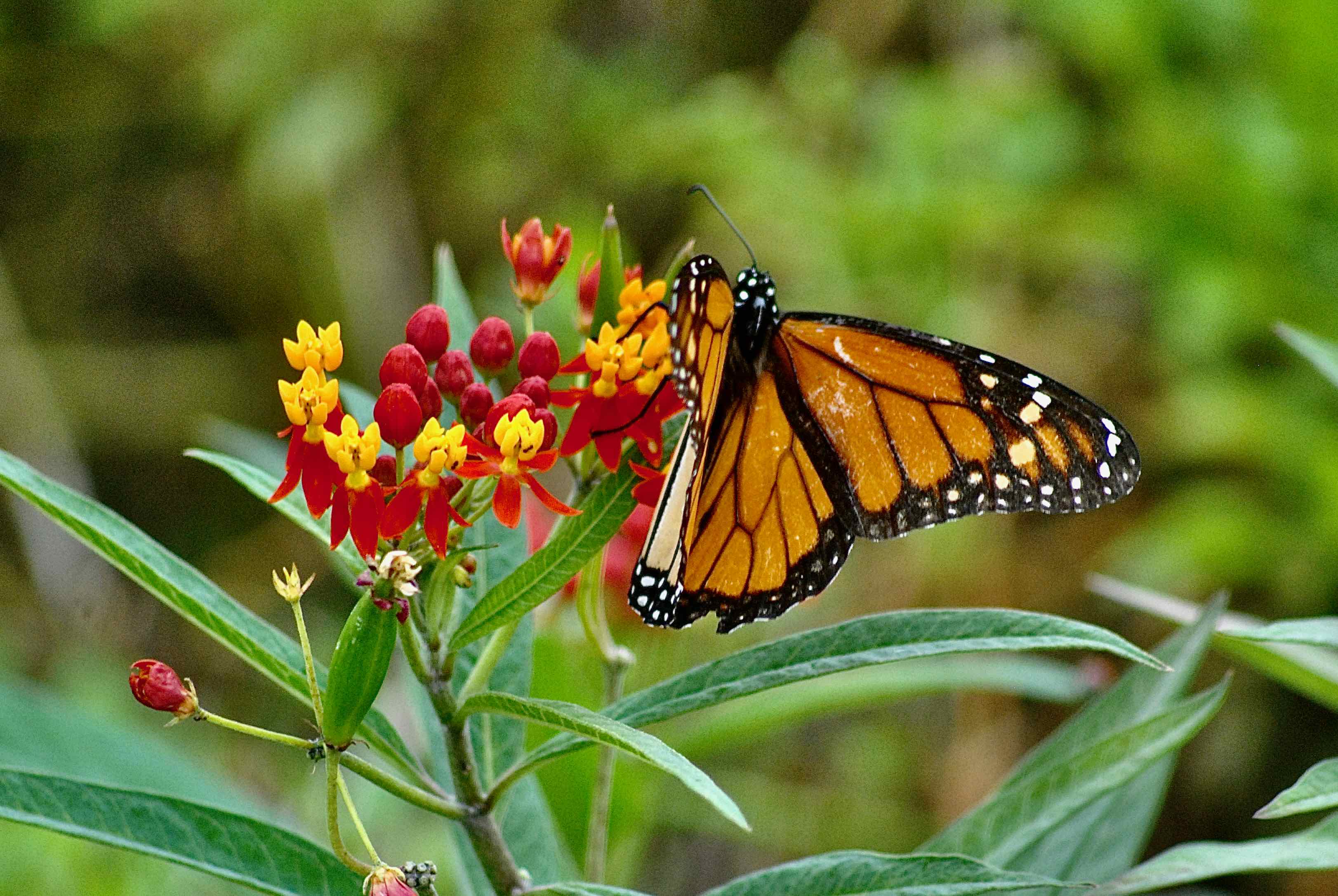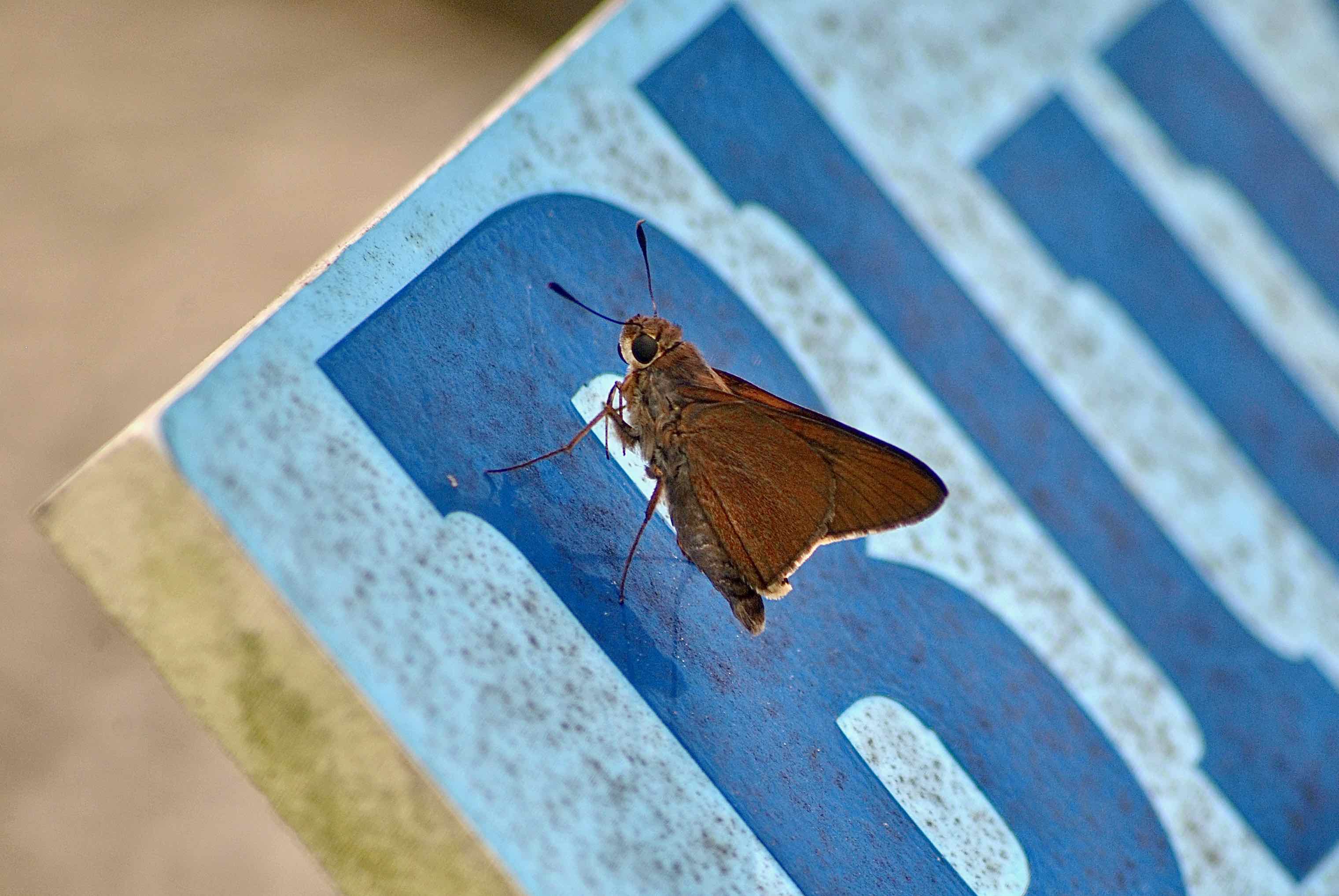Key West Tropical Forest and Botanical Garden is unexpected pocket of green in a heavily developed part of the Florida Keys. It sits on 15 acres at the approach to the city. It is the only frost-free tropical garden in the continental U.S. Its emphasis is on native plants — many of which are rare or considered endangered — but a walk along its many paths will reveal birds and butterflies as well. It is part of the Great Florida Birding Trail and has been declared a wildlife sanctuary by the city of Key West.
Well manicured paths and elevated boardwalks wander through themed gardens. Plants are well marked. But there is a part of the garden that is truly tropical forest and totally wild, complete with two freshwater ponds — among the few freshwater ponds remaining in Key West. The path through this section is not long but it is rugged and can be wet in places even in the dry season.
History: Key West Tropical Forest and Botanical Garden dates back to the Depression and the literal bankruptcy of Key West itself. In 1934, the city went into receivership under the Federal Emergency Relief Administration. The man overseeing the receivership, one Julius F. Stone Jr., saw reviving “the lifeless tourist trade” as the key to restoring Key West’s financial health and construction of a botanical garden as the catalyst. The garden opened in 1936.
It grew as large as 55 acres before World War II, but pieces of it were sold off during and after the war; the garden fell into a state of disrepair, and by 1961, had shrunk to only 7.5 acres. Again, the garden was revived, only to fall into disrepair again. In 1972, the Key West Garden Society assumed responsibility for the property; in 1988, the nonprofit Key West Botanical Garden Society formed to oversee the garden, and has done so ever since. The city owns the land.
What You'll See: The emphasis of Key West Tropical Forest and Botanical Garden is on preserving plants native to Florida, Cuba and the Bahamas. Among them: a semaphore pricklypear, one of the rarest plants in the world. It is a wildlife sanctuary, and have spotted a fair number of birds here, including indigo buntings, black-and-white warblers, prairie warblers, palm warblers, northern mockingbirds, common yellow-throat warblers and more. It's not any easy place to photograph, however, with its mix of dark shadows, bright light and thick vegetative tangles.
Amenities: There is a gift shop, drinking water and restrooms available. There are paths that move through the garden, through various themed display and into the hammock.
Nearby: Fort Zachary Taylor Historic State Park sits on the southern flank of Key West. It is the only other stop on the Great Florida Birding Trail in the city. National Key Deer Refuge is a 30-minute drive down U.S. !. For a bit of adventure, catch the ferry or a seaplane in Key West for a day trip to Dry Tortugas National Park.
Of Note: The garden is open 10 a.m. to 4 p.m. everday except Thanksgiving, Christmas Eve and New Year's Day. There is an admission charge, with discounts for seniors, military personnel and others. Check the website above for details.
Links: The Great Florida Birding Trail's take on Key West Tropical Forest and Botanical Garden is here.
Well manicured paths and elevated boardwalks wander through themed gardens. Plants are well marked. But there is a part of the garden that is truly tropical forest and totally wild, complete with two freshwater ponds — among the few freshwater ponds remaining in Key West. The path through this section is not long but it is rugged and can be wet in places even in the dry season.
History: Key West Tropical Forest and Botanical Garden dates back to the Depression and the literal bankruptcy of Key West itself. In 1934, the city went into receivership under the Federal Emergency Relief Administration. The man overseeing the receivership, one Julius F. Stone Jr., saw reviving “the lifeless tourist trade” as the key to restoring Key West’s financial health and construction of a botanical garden as the catalyst. The garden opened in 1936.
It grew as large as 55 acres before World War II, but pieces of it were sold off during and after the war; the garden fell into a state of disrepair, and by 1961, had shrunk to only 7.5 acres. Again, the garden was revived, only to fall into disrepair again. In 1972, the Key West Garden Society assumed responsibility for the property; in 1988, the nonprofit Key West Botanical Garden Society formed to oversee the garden, and has done so ever since. The city owns the land.
What You'll See: The emphasis of Key West Tropical Forest and Botanical Garden is on preserving plants native to Florida, Cuba and the Bahamas. Among them: a semaphore pricklypear, one of the rarest plants in the world. It is a wildlife sanctuary, and have spotted a fair number of birds here, including indigo buntings, black-and-white warblers, prairie warblers, palm warblers, northern mockingbirds, common yellow-throat warblers and more. It's not any easy place to photograph, however, with its mix of dark shadows, bright light and thick vegetative tangles.
Amenities: There is a gift shop, drinking water and restrooms available. There are paths that move through the garden, through various themed display and into the hammock.
Nearby: Fort Zachary Taylor Historic State Park sits on the southern flank of Key West. It is the only other stop on the Great Florida Birding Trail in the city. National Key Deer Refuge is a 30-minute drive down U.S. !. For a bit of adventure, catch the ferry or a seaplane in Key West for a day trip to Dry Tortugas National Park.
Of Note: The garden is open 10 a.m. to 4 p.m. everday except Thanksgiving, Christmas Eve and New Year's Day. There is an admission charge, with discounts for seniors, military personnel and others. Check the website above for details.
Links: The Great Florida Birding Trail's take on Key West Tropical Forest and Botanical Garden is here.

